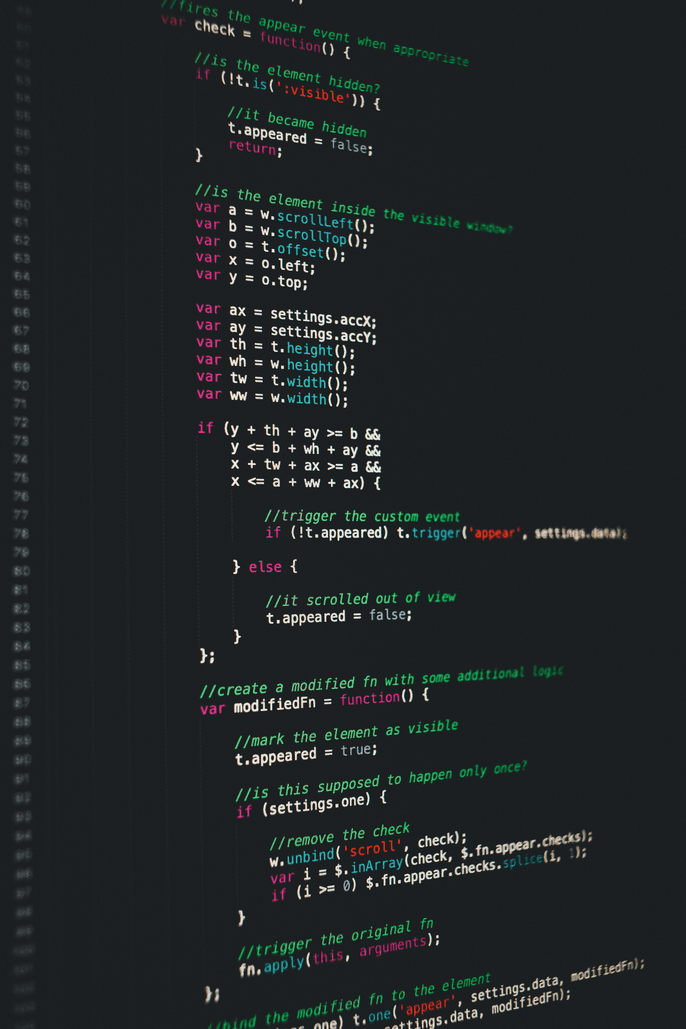
Laravel is renowned for its elegant syntax and developer-friendly features, and at the heart of this framework is Blade, its powerful templating engine. Blade allows developers to create dynamic, reusable, and maintainable views with minimal effort, significantly enhancing development efficiency. This article will explore how Blade works, its key features, and how it contributes to a smoother and more efficient development process.
Understanding Blade
Blade is the default templating engine for Laravel, providing a clean and intuitive syntax for writing HTML and PHP code. Unlike traditional PHP templates, where developers often intersperse HTML with PHP code, Blade promotes a clear separation of concerns, making the code more readable and easier to maintain.
Blade files are stored with a .blade.php extension and can be easily integrated with Laravel’s routing and controller systems. This integration enables developers to render views seamlessly, utilizing Blade’s features to enhance functionality without sacrificing performance.
Key Features of Blade
-
Simple Syntax:
- Blade introduces a straightforward syntax that allows developers to use control structures such as loops and conditionals without cumbersome PHP tags. For example, using @if, @foreach, and other directives, developers can write clean and concise templates that are easy to understand.
-
Template Inheritance:
- One of Blade's most powerful features is template inheritance. Developers can define a base layout with common elements, such as headers and footers, and extend it in child templates. This promotes reusability and consistency across views, reducing code duplication and simplifying updates.
-
Components and Slots:
- Blade supports the creation of reusable components, allowing developers to encapsulate logic and styles into individual files. Components can have slots, enabling developers to pass content dynamically, making it easy to create complex layouts with minimal effort.
-
Blade Directives:
- Blade comes with a range of built-in directives that streamline common tasks. For instance, the @csrf directive automatically generates a CSRF token, ensuring secure form submissions. Other directives simplify tasks like URL generation, translation, and more, allowing developers to focus on building features rather than repetitive boilerplate code.
-
Integration with Laravel Features:
- Blade integrates seamlessly with other Laravel features, such as Eloquent ORM, allowing developers to retrieve and display data directly in views. This tight integration means that developers can leverage Laravel’s robust functionality without sacrificing the efficiency of their templating.
Boosting Development Efficiency
-
Enhanced Readability:
- Blade’s clean and intuitive syntax enhances the readability of templates, making it easier for developers to understand and collaborate on projects. A well-structured Blade template is less cluttered than a traditional PHP file, allowing team members to quickly grasp the logic and flow of the application.
-
Reduced Code Duplication:
- With features like template inheritance and components, Blade reduces code duplication significantly. By defining common structures in a base layout and reusing components, developers can maintain a DRY (Don't Repeat Yourself) principle, which simplifies the maintenance of the application and minimizes the risk of errors.
-
Faster Development Cycle:
- Blade's streamlined syntax and powerful features enable developers to build views quickly and efficiently. The ability to create and reuse components allows teams to deliver features faster, as developers can focus on building functionality rather than rewriting similar code for each view.
-
Easier Maintenance:
- The modular nature of Blade templates means that maintaining and updating applications becomes easier. When a change is required—such as updating a header or footer—developers can make the adjustment in one place, and it will automatically reflect across all views that extend the base layout.
-
Seamless Collaboration:
- Blade’s straightforward structure and organization make it easier for multiple developers to work on the same project. Team members can understand and navigate the templates quickly, reducing the onboarding time for new developers and fostering collaboration.
Conclusion: Embracing Blade for Enhanced Efficiency
In conclusion, Laravel's Blade templating engine significantly boosts development efficiency by providing a clean, organized, and powerful way to manage views. Its simple syntax, support for template inheritance, reusable components, and seamless integration with Laravel's features make it an essential tool for developers.
By leveraging Blade, teams can reduce code duplication, enhance readability, and streamline their development processes, ultimately delivering high-quality applications faster and more effectively. For any Laravel developer, mastering Blade is key to harnessing the full potential of the framework and achieving greater productivity in web application development.



